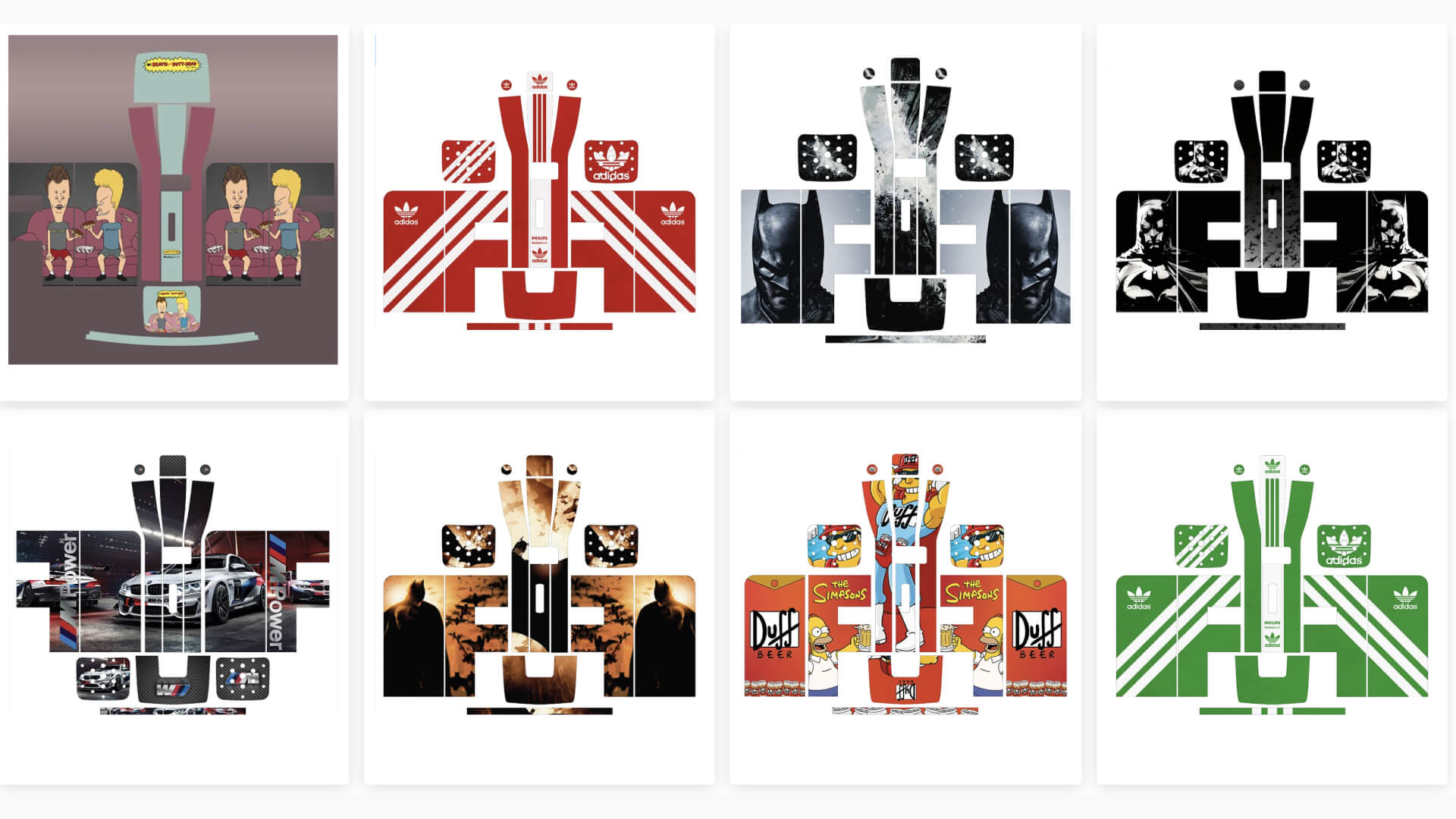In many ways, there’s never been a better time to start your own small business. Not all that long ago, entrepreneurs had limitations to specific geographical areas, looking for customers in their local communities. But now, thanks to the rise of global e-commerce, you can promote your brand across the world. Of course, that can be easier said than done – so here are our tips for selling international success. Now you can grow your e-commerce business easily!
The good news is, a lot of the hard work has already been done for you. In fact, platforms such as Shopify already welcome visitors from all around the globe. But most of the time, they prefer to shop in their own currency. So how can you target this international custom and transform clicks into sales?
The first steps
The first step, is to use analytical tools to determine whether or not your site already has international customs. If so, all you need to do is choose the biggest market and work on specifically targeting those shoppers. But if you haven’t had any visitors from abroad yet, don’t worry! You’ll just need to get a little more creative when it comes to picking your target market. As a guide, choosing areas that share a language and similar cultural traits is a good place to start. For example, British companies could look at developing their business for U.S. trade, while American companies could turn to Canada or Australia to expand.
Once you’ve identified the markets that you’d like to target, you’ll need to create a sales experience that’s as easy and seamless as possible. Change your settings to offer products in the right currency for that region, and enable Geolocation to make sure that your page automatically displays the correct information based on visitors’ IP addresses.
Other Charges
Now you’ve dealt with payment options, it’s time to navigate the labyrinth of international shipping. As before, you’ll want to make things as clear and simple as possible for your customers if you want them to go through with their purchase. While some e-commerce stores simply offer a ‘rest of the world’ option, a personalised version for your target market is a much better choice. Research shipping to your chosen regions first, then come up with a strategy that works for your business. If shipping is expensive, for example, you may want to consider incorporating some of that cost into the product price to avoid putting off potential customers.
Once you’ve got the technical requirements in place, it’s time to start advertising and marketing in your chosen region. As with many things, it’s not a case of one size fits all – you’ll want to adjust everything from Facebook marketing to Google Ads in line with your target market. So think localized calls to action, shipping shoutouts, imagery and more – and consider setting up multiple domains so that the destination URL on any ads fits the bill.
By taking these simple steps, you’ll be well on your way to making your business an international success.







